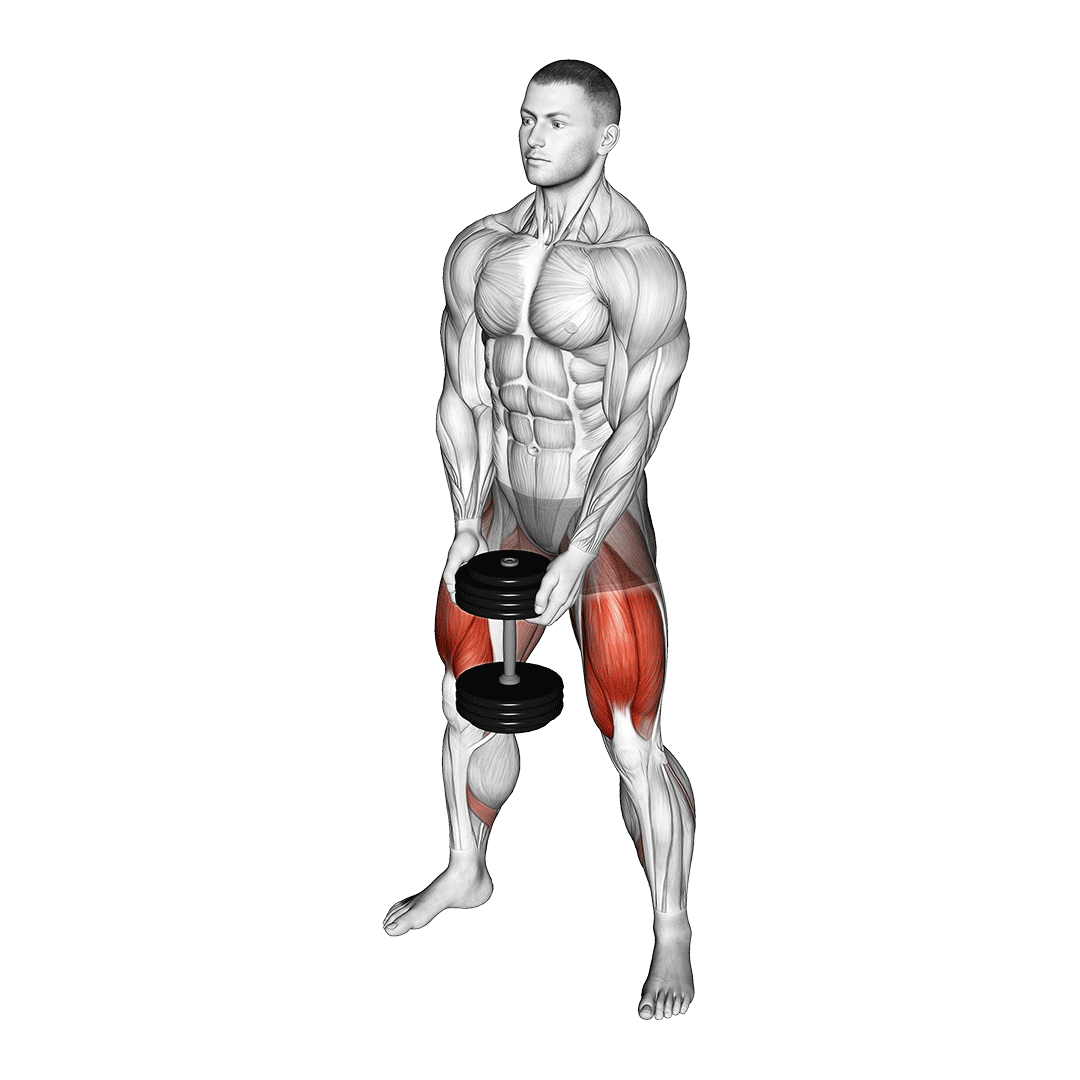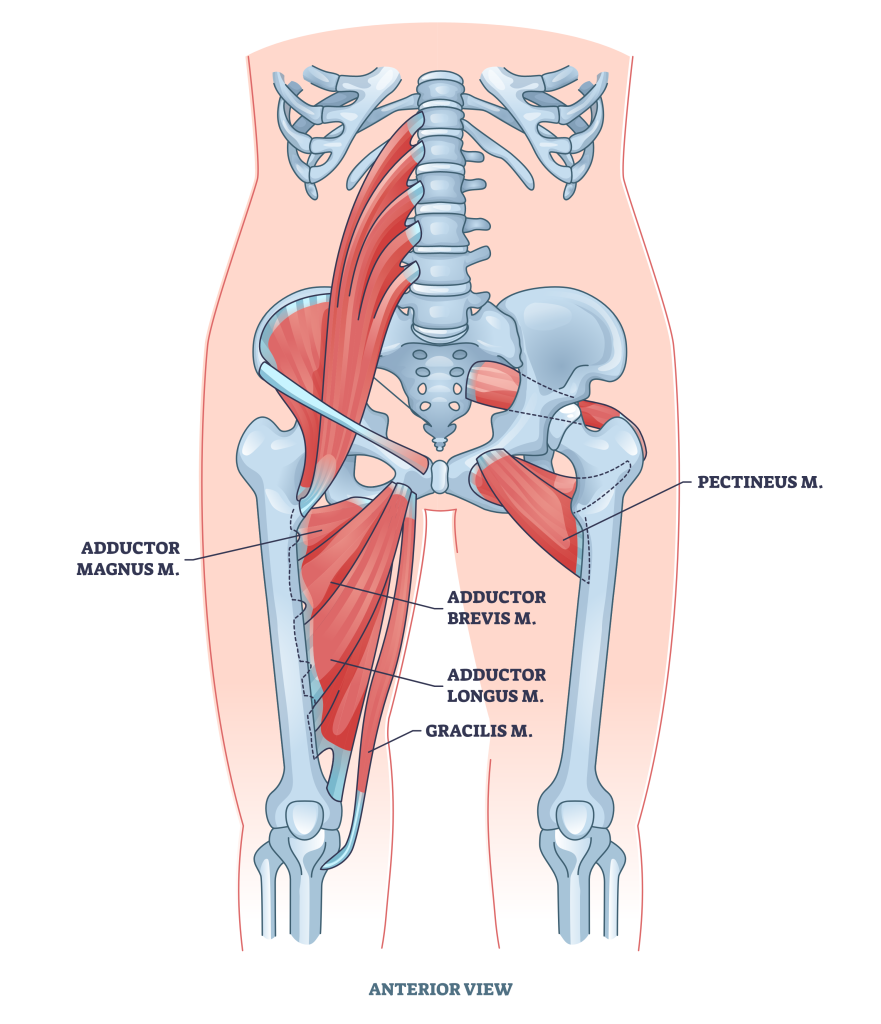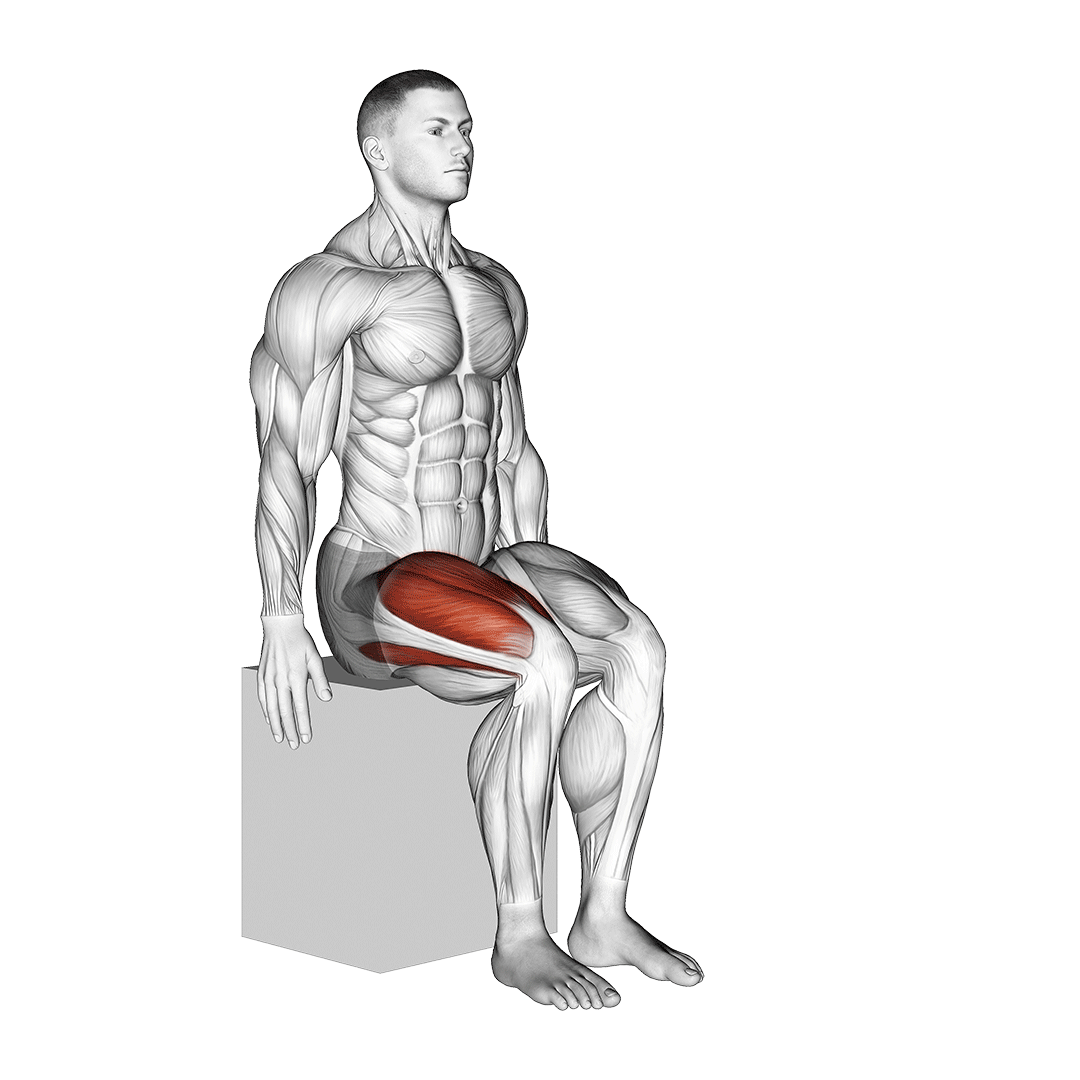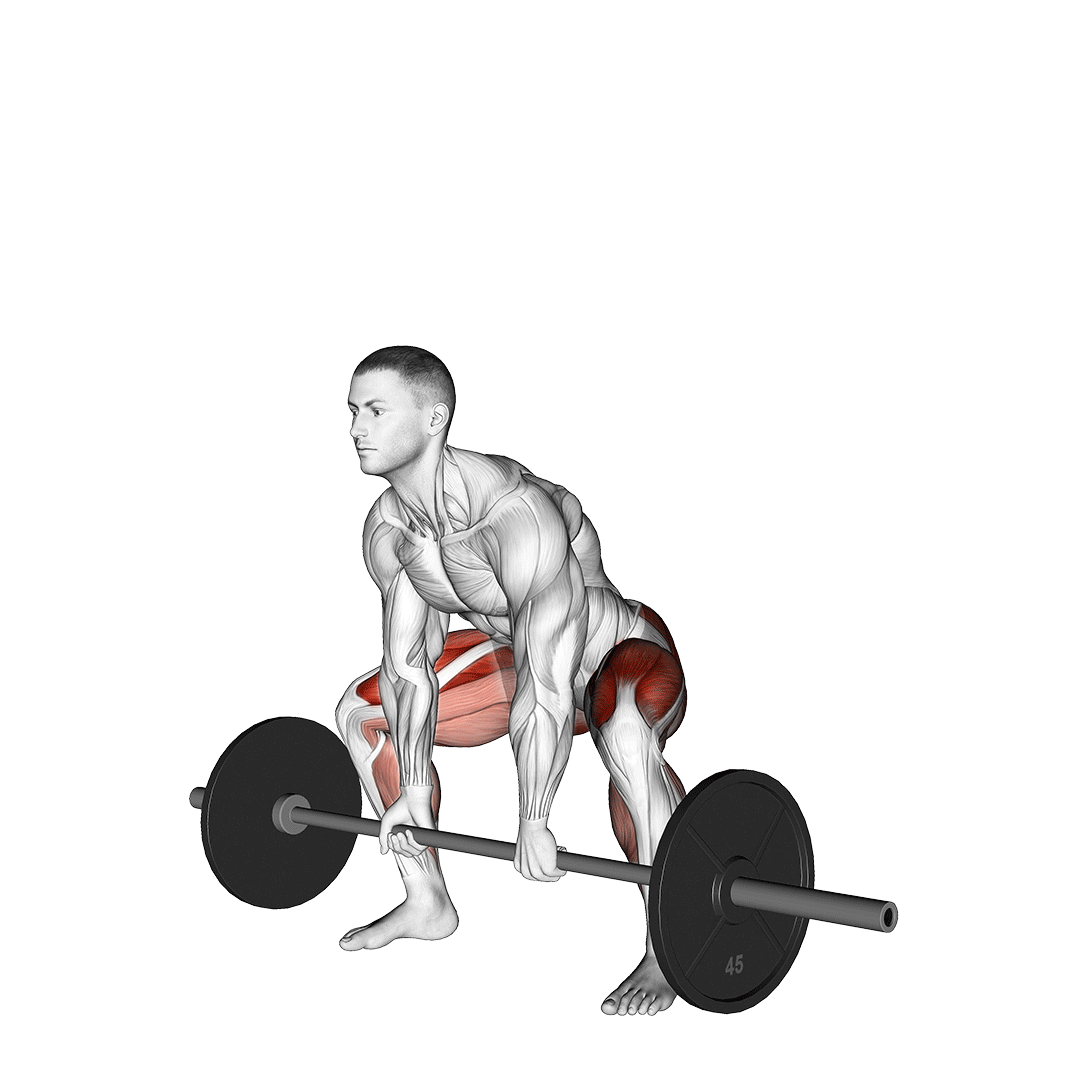What are the Benefits of Doing Dumbbell Sumo Squats?
Dumbbell sumo squats offer a number of benefits related to muscle and physical performance.
The Benefits of Dumbbell Sumo Squats are:
- Great for Building Mass and Strength in the Legs
- Strengthens the Adductor Muscles
- Reinforces Leg Adduction, Knee Extension and Torso Verticality
- Carryover to Sumo Deadlifts, Wide Squats and Other Wide Stance Movements
- Enhances Stability, Balance and Lower Body Explosiveness
- Requires Less Equipment Than Other Squat Variations
Benefits of Dumbbell Sumo Squats
Great for Building Mass and Strength in the Legs
Of course, the main reason why dumbbell sumo squats are done in the first place is their capacity to develop the muscles of the lower body quite effectively.

While this is primarily seen in the adductor and quadriceps muscle groups, the hamstrings and glutes will nonetheless still be worked sufficiently intensely to trigger both hypertrophy and CNS-driven strength development.
With proper technique, recovery and programming, dumbbell sumo squats will lead to stronger and more muscular legs all on their own - but are even more effective when done alongside several targeted isolation exercises to further build training stimulus.
Strengthens the Adductor Muscles
As a secondary benefit, dumbbell sumo squats also target the inner thigh muscles responsible for adduction of the legs - those being the adductor longus, brevis, magnus, the pectineus and the gracilis.

These muscles act to adduct or pull the leg towards the midline of the body, making them vital for a wide variety of activities, even outside of weightlifting.
Reinforces Leg Adduction, Knee Extension and Torso Verticality
Because of its diverse group of muscular activations, the dumbbell sumo squat is also excellent for reinforcing certain biomechanical actions that are used in practically any physical activity.
The most intensely focused of these is knee extension, as the quadriceps play a significant role throughout the entire dumbbell sumo squat - where they are worked in a full range to extend the legs at the knee.

Alongside knee extension, the sumo squat’s capacity to train adductor muscles means that their requisite tendons and mind-muscle connections are strengthened as well.
Over time, these benefits also equate to a smoother, more stable and more flexible capacity for leg adduction.
Finally, as is the case with practically all free weight squats, the dumbbell sumo squat also reinforces proper trunk verticality by both teaching the lifter how to maintain spinal neutrality and by strengthening the muscles responsible for stabilizing the torso.
Carryover to Sumo Deadlifts, Wide Squats and Other Wide Stance Movements
As one can likely guess from their similar mechanics, the sumo deadlift, wide squat and even particularly wide lunges can all directly benefit from previous performance of the dumbbell sumo squat.

Though it is true that the best way to improve a specific lift is to perform said lift, the sumo squat can act as a secondary exercise to help strengthen the same muscles from a different angle - or to otherwise correct small limitations that may be holding the lifter back, such as poor trunk verticality or weak adductors.
Enhances Stability, Balance and Lower Body Explosiveness
With its uncommonly wide stance, the dumbbell sumo squat can be a challenge for lifters used to narrower squat variations.
Depending on mobility, core stability and adductor strength, the sumo squat can challenge one’s sense of balance and stability - or even limit the speed of the repetition’s latter phase due to reduced posterior chain activation.
However, these challenges can actually be beneficial to athletes that require such physical aspects in their sport.
Regularly including the sumo squat into lower body training sessions will help enhance the lifter’s lower body stability, their sense of balance and even improve lower body explosiveness derived from the quadriceps.
Requires Less Equipment Than Other Squat Variations
Occasionally, lifters may find themselves away from a fully equipped gym.
Conventional back squats or other heavy compound leg exercises tend to require bulky resistance machines or a complement of barbells, weight plates and racks.
Fortunately, the dumbbell variant of sumo squat requires only a single piece of equipment - that being a sufficiently heavy dumbbell.
With such a low equipment requirement, lifters will still be able to get their training session in while on vacation or limited to the equipment they have at home.
References
1. Slater, Lindsay V.; Hart, Joseph M.. Muscle Activation Patterns During Different Squat Techniques. Journal of Strength and Conditioning Research 31(3):p 667-676, March 2017. | DOI: 10.1519/JSC.0000000000001323
2. Coratella, Giuseppe, Gianpaolo Tornatore, Francesca Caccavale, Stefano Longo, Fabio Esposito, and Emiliano Cè. 2021. “The Activation of Gluteal, Thigh, and Lower Back Muscles in Different Squat Variations Performed by Competitive Bodybuilders: Implications for Resistance Training” International Journal of Environmental Research and Public Health 18, no. 2: 772. https://doi.org/10.3390/ijerph18020772
